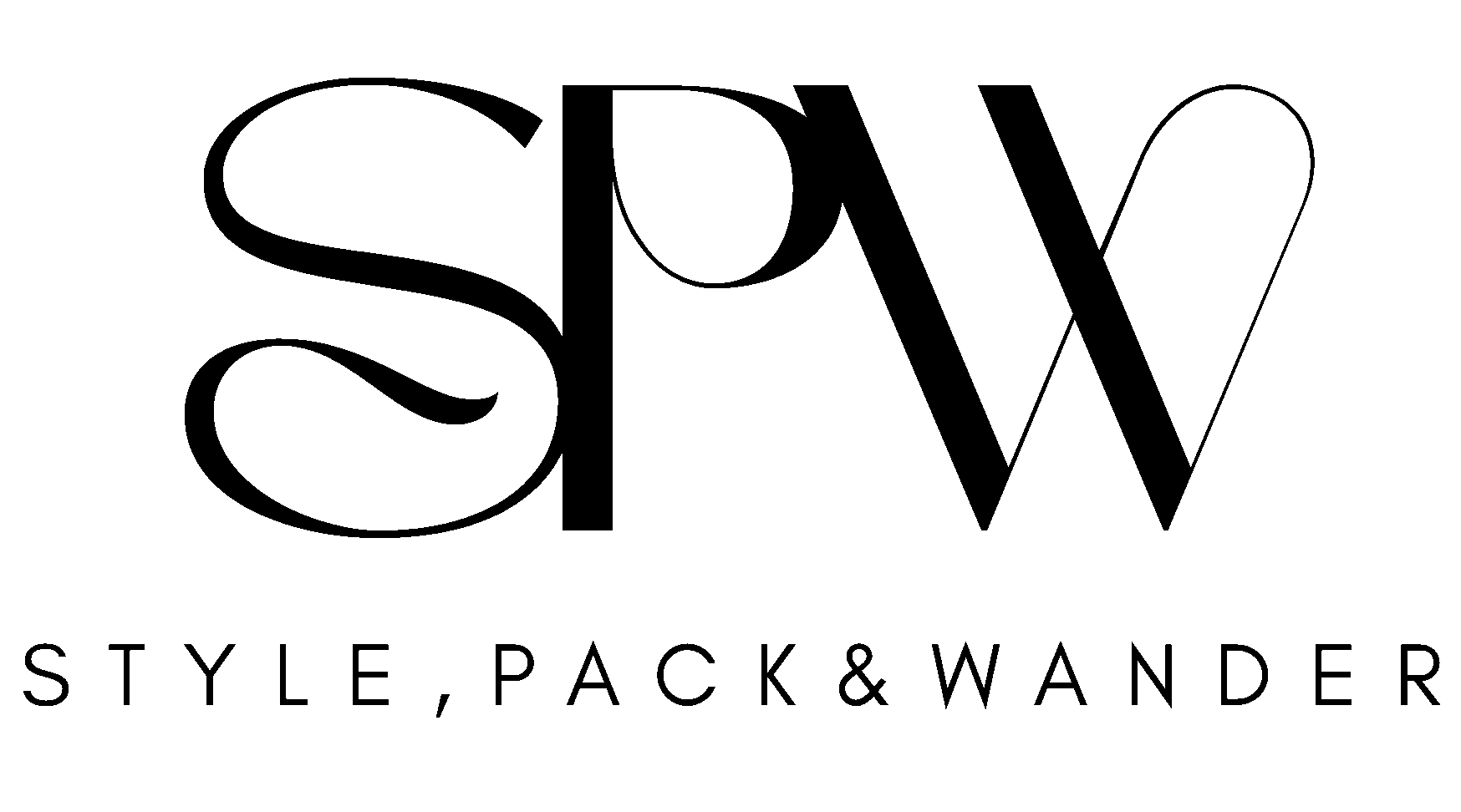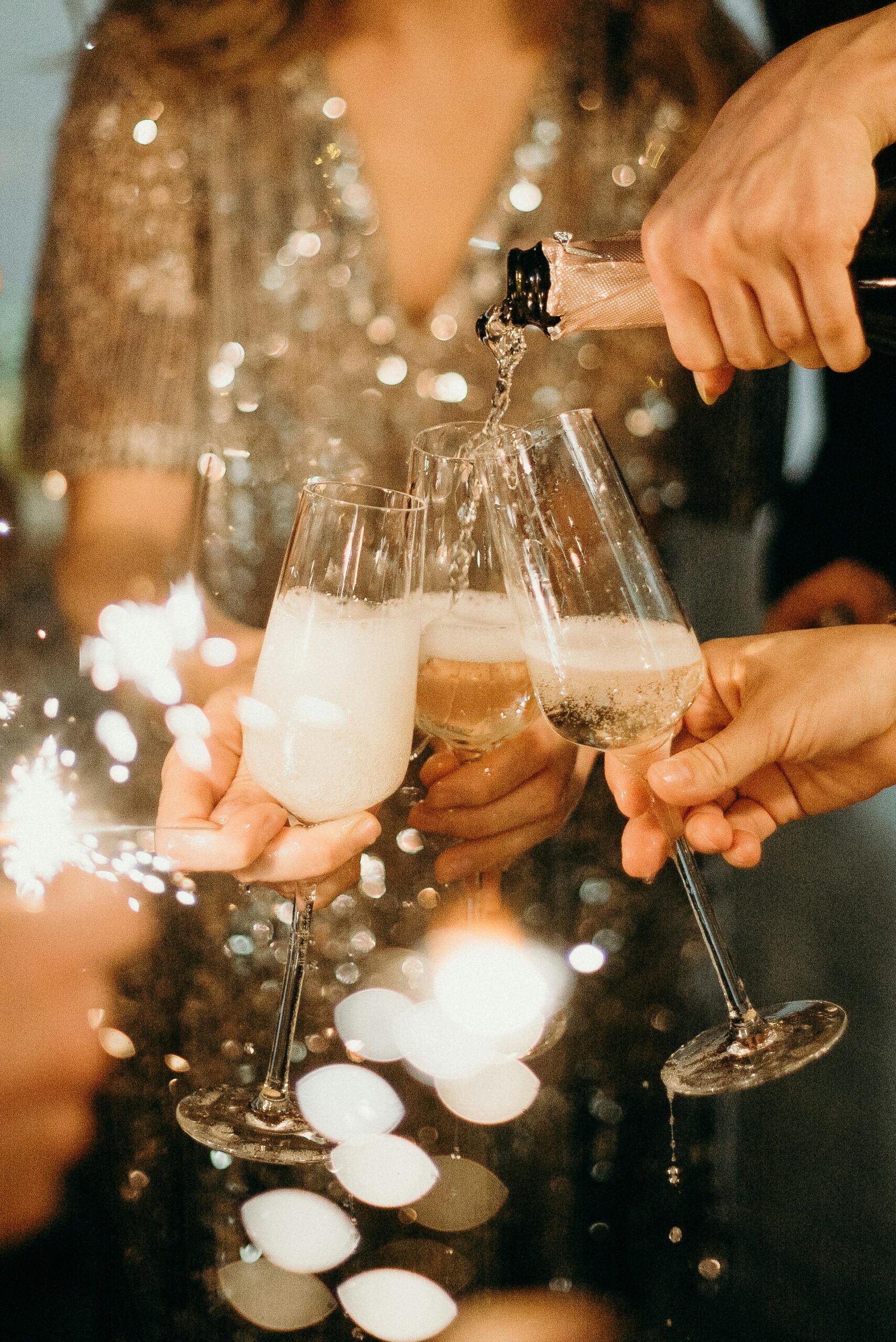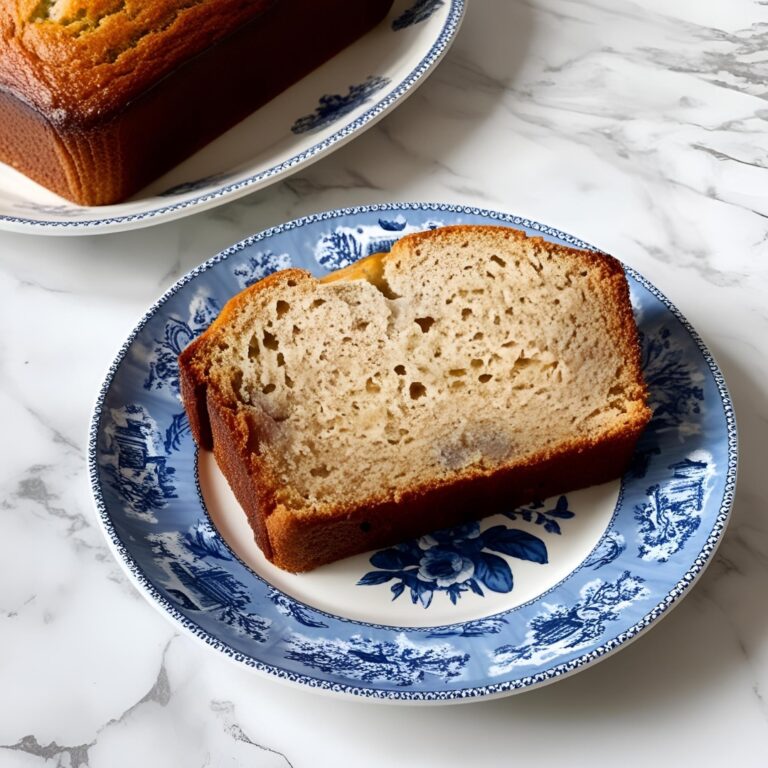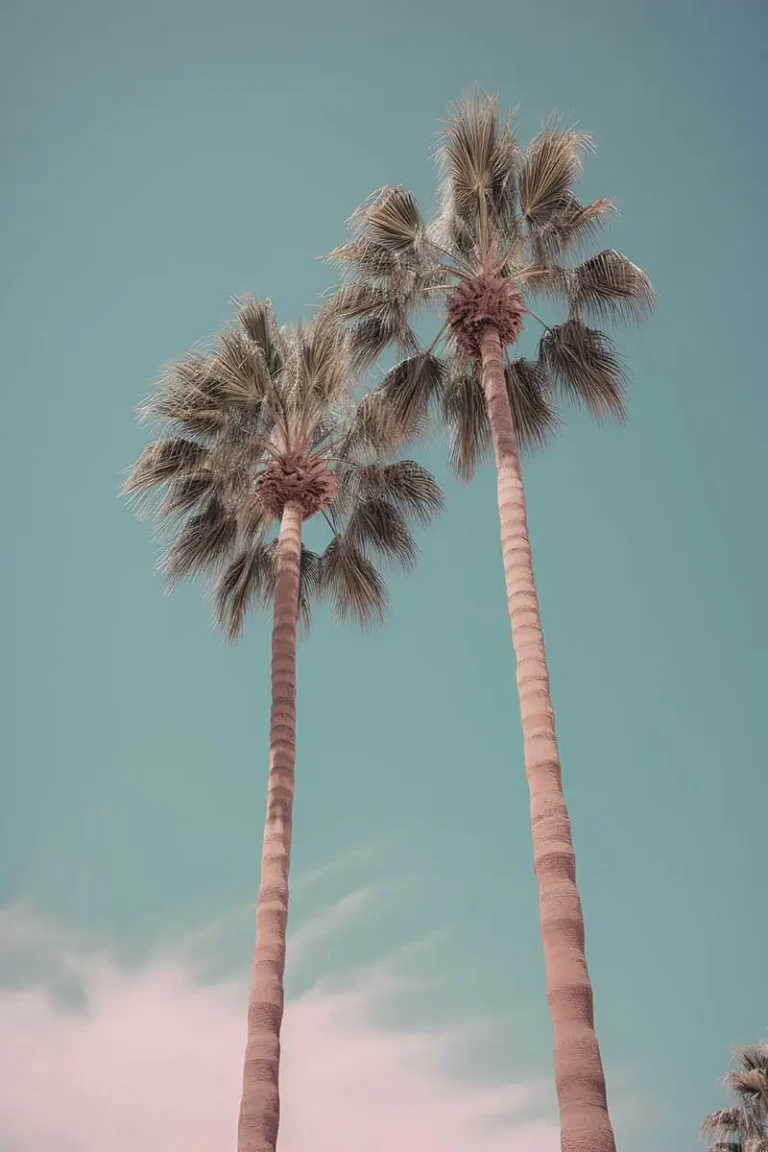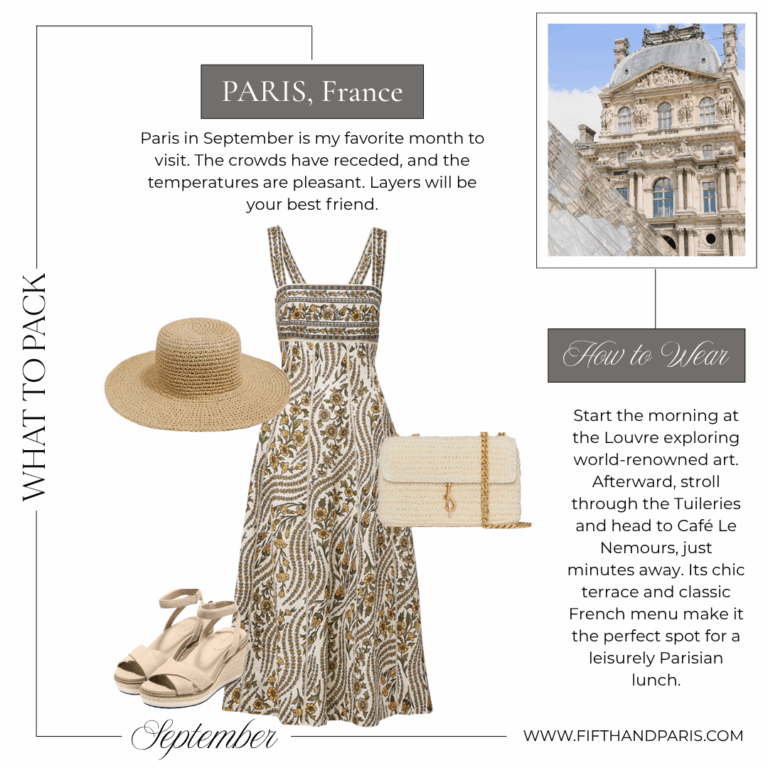The Ultimate Guide to Champagne: A Celebration of Bubbles
Champagne is more than just a sparkling wine; it embodies celebration, luxury, and a rich heritage that dates back centuries. In this ultimate guide to champagne, I will explore the intricacies of this prestigious beverage, its production methods, the grape varieties used, and insightful tips for tasting and pairing. Whether you’re a seasoned connoisseur or a curious newcomer, this guide will provide all the information you need to appreciate and select the very best champagne.

The Heart of the Champagne Region
The Champagne region of France is a UNESCO World Heritage Site, renowned for its chalky soils and unique climate, which combine to create exceptional-quality wine. Covering about 34,000 hectares (over 80k acres), this French region produces everything from high-quality sparkling wines to some of the world’s most prestigious champagne labels. Understanding the region’s geography is crucial for appreciating what makes its wines so special.
Geography and Terroir
Champagne is divided into several sub-regions, including:
- Montagne de Reims: Located north of Épernay, it is predominantly known for Pinot Noir and boasts many prestigious champagne houses.
- Vallée de la Marne: This area is significant for Pinot Meunier and produces sparkling wines known for their fruitiness.
- Côte des Blancs: Famous for its Chardonnay grapes, this sub-region contributes to the production of the elegant “Blanc de Blancs” champagnes.
- Côte de Sézanne: Less well-known than its counterparts, it still produces excellent wines, especially Chardonnay.
Each area significantly contributes to the styles of champagne available today. The unique terroir, composed of chalky soils and a cool climate, creates ideal conditions for growing grapes. These elements combine to produce various flavors and aromas, making the wines diverse and intriguing.
Ultimate Guide to Champagne: Grape Varieties of Champagne
Champagne is primarily crafted using three grape varieties: Chardonnay, Pinot Noir, and Pinot Meunier. Each of these grapes brings different qualities to the wine:
- Chardonnay: This grape is mainly found in the Côte des Blancs, producing elegant and refined champagnes. Champagnes made primarily from Chardonnay are known for their crispness and minerality.
- Pinot Noir: Grown predominantly in the Montagne de Reims, this grape adds structure and fullness to champagne. It often contributes to the body and longevity of a champagne, making it ideal for complex blends.
- Pinot Meunier: Thriving in the Vallée de la Marne, Pinot Meunier enhances champagne’s fruitiness and overall approachability. It matures faster than Pinot Noir and is often used to balance more structured wines.
These grape varieties are essential when selecting champagne bottles, as they significantly influence the wine’s taste, quality, and style.

The Champagne-Making Process
The journey from grape to glass involves a meticulous champagne-making process that distinguishes quality champagne from ordinary sparkling wine. Each step is crucial for producing the crisp and complex flavors that champagne is renowned for. Here’s an overview of the essential steps involved:
1. Harvesting
During the cool climate of late summer, generally around September, grapes are hand-picked to preserve their acidity and freshness. The decision of when to harvest is critical, as it impacts the sugar levels and acidity of the grapes.
2. Pressing
Once harvested, the grapes are pressed gently to extract the juice. Only the first pressing produces the “cuvée,” which is the juice used for champagne. This method adheres to the traditional method of champagne production and is crucial for maintaining quality.
3. Primary Fermentation
The juice undergoes its first fermentation, where the sugars are converted into alcohol. This process typically lasts a few weeks and allows the winemaker to start shaping the wine’s flavor profile. The fermentation is done in either stainless steel tanks or oak barrels, which adds complexity and texture to the future champagne.
4. Blending
After fermentation, winemakers create the final blend using different years and grape varieties. This step is crucial as it helps maintain the house style of larger houses like Moët & Chandon and Veuve Clicquot. Creating a blend often involves skilled tasters assessing the aromas, flavors, and textures to achieve a specific profile.
5. Secondary Fermentation
The final blend is bottled with a mixture of sugar and yeast, initiating a second fermentation inside the bottle. This process produces the signature bubbles and contributes to the complexity and creaminess of the wine.
6. Aging
Bottles are aged horizontally for a minimum of 15 months to allow the wine to interact with dead yeast cells, known as lees. The aging process is vital, as it adds richness and texture to the champagne.
7. Disgorgement and Dosage
Once aging is complete, the neck of the bottle is frozen, and the sediment is removed during disgorgement. A dosage of sugar is then added, which influences the sweetness level of the final product.
8. Final Bottling
The champagne is corked, labeled, and prepared for distribution, ready to be enjoyed on special occasions or any time you’re in the mood for something bubbly.
Ultimate Guide to Champagne: Types of Champagne
Champagne can be categorized into several types, each with its own distinct characteristics, allowing for a diverse tasting experience. Some common types include:
- Brut Nature: This style is very dry, with no added sugar, and is perfect for those who enjoy a crisp, mineral-driven champagne.
- Blanc de Blancs: Made exclusively from Chardonnay grapes, these champagnes are known for their finesse and elegance.
- Blanc de Noirs: Made entirely from red grape varieties, primarily Pinot Noir or Pinot Meunier, this style is richer and fuller.
- Prestige Cuvée: These are top-tier offerings from prestigious champagne houses, like Dom Pérignon, often made from the best grapes and aged longer for increased complexity.
- Grower Champagne: Produced by smaller producers who use their own grapes, grower champagnes often showcase the unique terroir of their vineyards, offering distinct styles differing from larger houses.
Understanding the different styles of champagne is essential when selecting the perfect bottle for any occasion, whether it’s a celebration or a quiet evening at home.
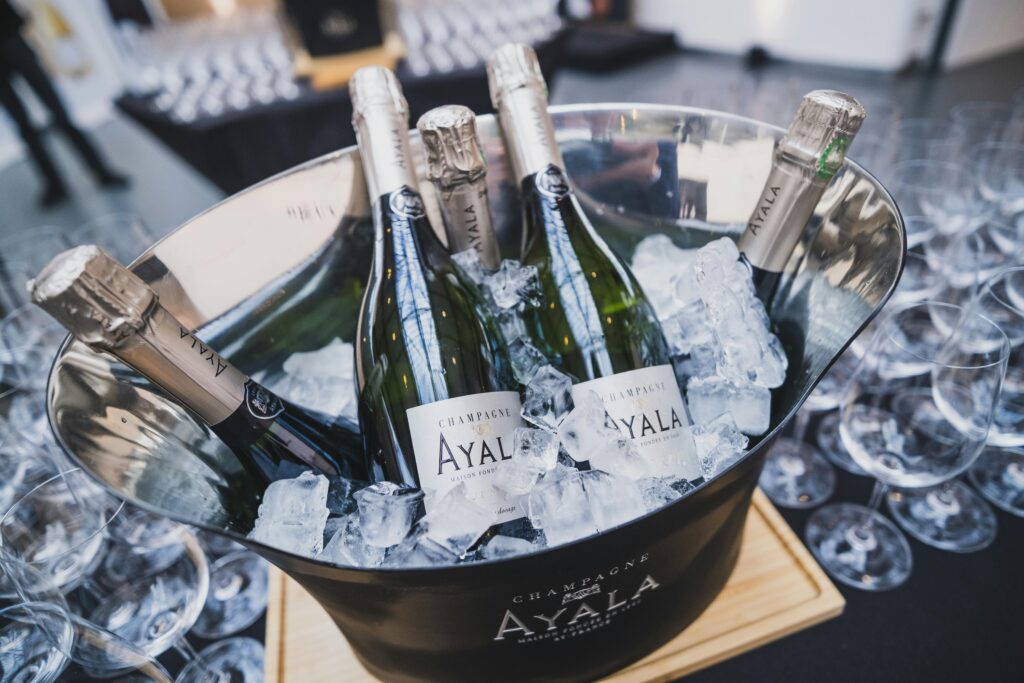
The Art of Tasting Champagne
Presentation and technique matter greatly when it comes to enjoying a glass of champagne. Here are a few tips for tasting champagne that can elevate your experience:
Glassware
Choose a flute or a tulip-shaped glass to enhance the champagne’s aromas and maintain the bubbles. Flutes provide an elegant appearance and keep the bubbles from dissipating quickly, while tulip glasses allow for better concentration of aromas.
Pouring
Fill the glass to about two-thirds full to allow the wine to breathe. A proper pour helps release the enticing aromas and maintains the bubbles for better tasting.
Tasting Notes
Look for freshness, minerality, and complex notes; each champagne producer may offer a unique profile informed by their house style. Swirl gently, take a moment to smell, and then sip to appreciate the intricate flavors.
Food Pairings
Champagne pairs beautifully with a variety of foods, from salty appetizers to rich desserts, making it versatile for any special occasion. Consider pairing your champagne with:
- Oysters: The brininess of oysters complements the minerality in champagne beautifully.
- Cheese: Soft cheeses like Brie or Camembert work well with the creamy texture of champagnes, while aged cheeses like Comté contrast nicely.
- Pâté: The rich flavors of pâté create a delightful balance with brut champagne’s acidity.
- Chocolate Desserts: A well-suited pairing for sweeter styles of champagne, such as demi-sec or even rosé, showcasing the complexity of flavors.
The Role of Prestigious Champagne Houses and Smaller Producers
The world of champagne is populated by both larger houses and smaller producers. Larger houses like Veuve Clicquot and Moët & Chandon are known for their consistent quality and global distribution. These prestigious champagne houses have decades, if not centuries, of experience and resources that enable them to maintain a specific house style year after year.
Conversely, grower champagne, produced by smaller, family-owned producers using their own grapes, often reflects the specific terroir of their vineyard sites. This type of champagne can offer unique characteristics and artisanal craftsmanship that may be missed in larger productions. Exploring these smaller producers allows wine enthusiasts to discover hidden gems that express the region’s varied terroir beautifully.
Ultimate Guide to Champagne: The Influence of Terroir on Champagne Quality
Champagne’s exceptional quality is not just a result of precise winemaking techniques; it’s deeply rooted in the terroir. The region’s chalky soils, known for their excellent drainage and temperature moderation, give the grapes unique characteristics preserved during the production process.
The Importance of Climate and Soil
The cool climate of the Champagne region slows down grape ripening, allowing for higher acidity levels, which are essential for quality champagne. The varied geography across the Champagne region contributes to the complex flavors and aromas found in the final product, further highlighting the importance of terroir.
Notable Soil Types
The chalky soils in the Champagne region are ideal for growing grapes, as they provide excellent drainage and retain moisture. This allows vines to thrive even in drier seasons, ensuring grapes develop the acidity and character needed for quality champagne. The presence of different soil types, including clay and limestone, adds to the overall complexity of the wines produced in this wine region.
Tasting Rooms and Experiences
For those interested in honing their champagne knowledge, visiting tasting rooms across the Champagne region is an excellent way to experience the production process firsthand. Many prestigious champagne producers offer tours that include vineyard visits, detailed explanations of the champagne-making process, and tastings of their premier offerings.
Exploring the city of Reims, which houses many renowned houses, allows visitors to immerse themselves in the rich culture of champagne. Here, you can find tasting rooms with knowledgeable staff, eager to share their passion and expertise.
Special Events and Festivals
The Champagne region hosts various events and festivals throughout the year that focus on wine production and tasting. Participating in these events can deepen your understanding and appreciation of this sparkling beverage, allowing you to taste different styles and meet local producers.
Champagne: More Than Just a Beverage
Champagne has long been associated with celebrations, luxury, and special occasions. It is the drink of choice for toasting weddings, anniversaries, and achievements. However, champagne is also a versatile beverage that can be enjoyed every day, whether with a casual meal or while unwinding after a long day.
Pairing with Everyday Occasions
While champagne is often reserved for special occasions, it can complement various situations, enhancing everyday moments. Whether celebrating a friend’s promotion, hosting a gathering, or simply enjoying some well-deserved relaxation time, a glass of champagne can elevate even the simplest of experiences.
The Broader Sparkling Wine Category
While champagne stands out among sparkling wines, it is essential to acknowledge the broader category. Wines produced in other regions, like Prosecco from Italy or Cava from Spain, offer their unique qualities and appeal to a diverse audience. Exploring these alternatives can expand your sparkling wine repertoire and provide a deeper appreciation for this category.
Cheers to Champagne
In summary, this ultimate guide to champagne takes you through the fascinating world of this celebrated beverage—from its historic roots in the heart of the Champagne region to the detailed production process that leads to each exquisite glass. By exploring the complexity of grape varieties, traditional techniques, and the many styles available, you are now equipped to navigate the exhilarating landscape of champagne.
So whether you’re raising a glass of Brut Nature or enthusing over a bottle of Dom Pérignon, remember the artistry and tradition that go into every sip. Luxuriate in the shimmering bubbles, and enjoy the splendid journey that each bottle of champagne offers. Cheers to the good life—a life filled with bubbles, joy, and the ultimate in celebratory beverages! 🍾
